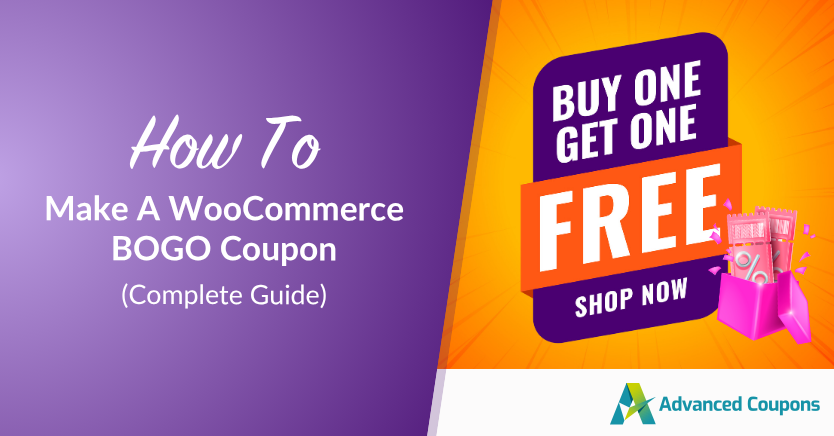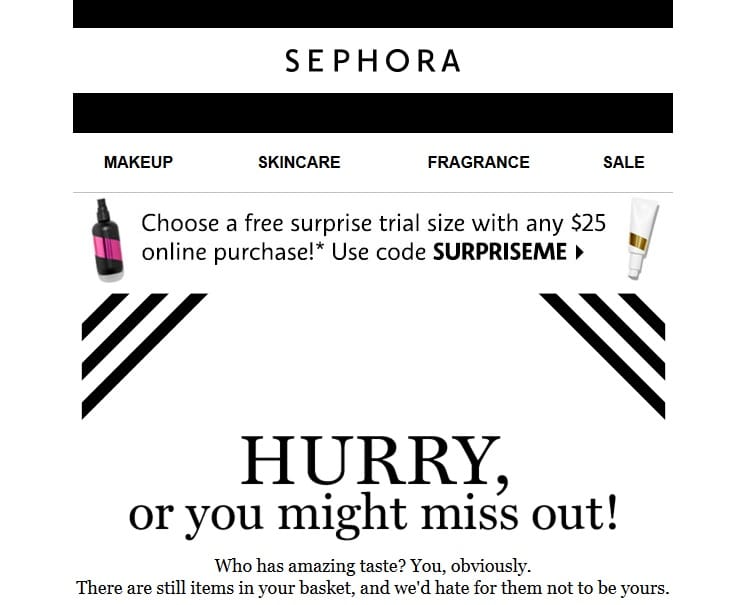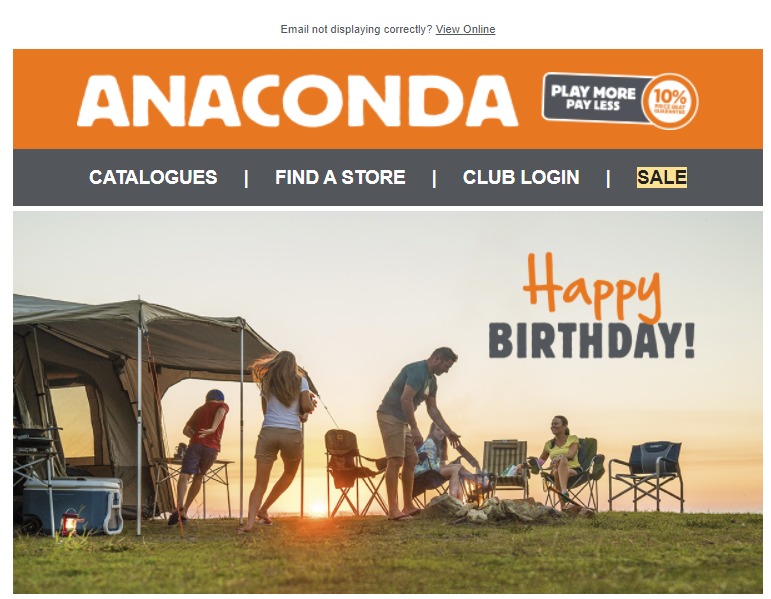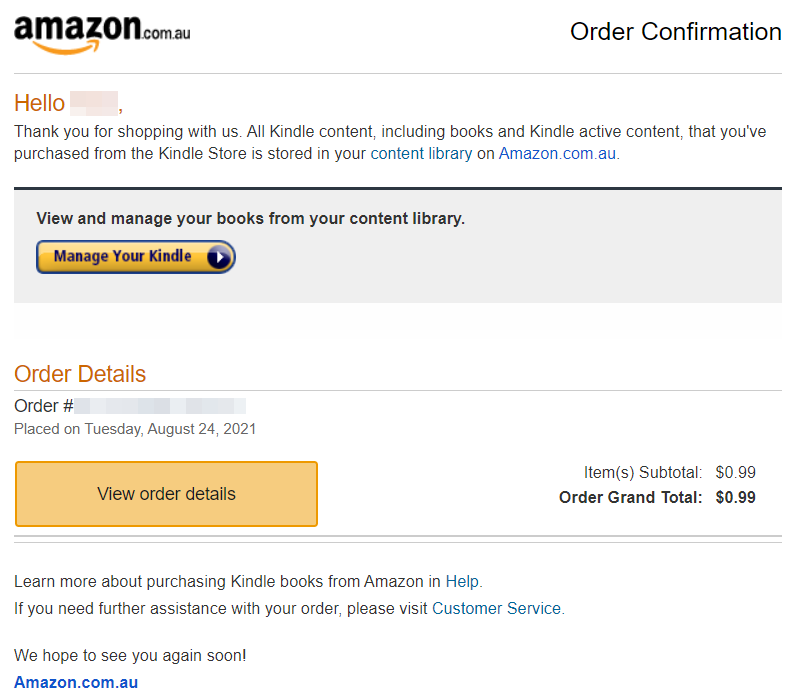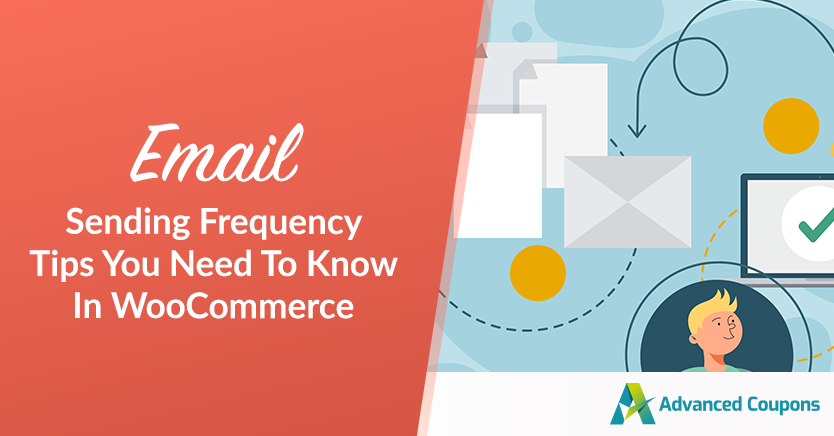
Email marketing is one of the most effective ways to connect with your customers. However, finding the right balance when it comes to email sending frequency is crucial to ensure that you maintain a positive relationship with your subscribers without overwhelming them.
Fortunately, it’s not difficult to find the right balance with your customers. By setting up an email schedule and using a mixture of promotional, informational, and automated messages, you can connect with consumers without overwhelming them.
In this article, we will discuss some essential email sending frequency tips that every store owner should know. We’ll also dive into the different types of emails you can send and tackle the common question, “How often should you actually be sending emails as a store owner?” So, let’s jump right in and find out!
What Are The Benefits Of Emailing Your Customers?
There are multiple benefits of maintaining email contact with your customers. You can use the medium to share promotional content with your users, such as discounts and sales. As such, you can potentially increase your overall revenue.
Furthermore, you can use email marketing to foster a closer relationship with your customers. You might inform them about your company news or explain your products and services in depth.
Moreover, email is one of the easiest ways to reach your customers. 99 percent of consumers open their inboxes every day. Additionally, the majority of people prefer to receive business emails.
However, you might feel nervous about spamming your customers. You may also feel discouraged by poor open rates. In fact, the average email open rate is only approximately 21 percent.
With these concerns in mind, let’s look at how frequently you should send emails as a store owner.
How Frequently Should You Send Emails As A Store Owner?
As a new business owner, you might feel reluctant to send multiple emails. You may fear annoying your users or driving away potential customers. Alternatively, you might not have enough experience with email marketing to understand its benefits.
However, you can start slowly with email marketing. For example, you might like to send informational and promotional messages to your customers just once a month.
You can also mix up the types of messages you send. If you notice positive results, you can start increasing your messaging frequency to fortnightly or weekly emails. Above all, you should consider focusing on quality and value over pure quantity.
Additionally, we recommend monitoring your email analytics while you trial new messaging frequencies. By looking at your data, you can see your open rates and engagement with specific message types.
If your users start unsubscribing rapidly, this could also indicate that you need to scale back your email frequency. Finally, remember to maintain privacy and compliance with your emails. Users should always have the option to opt in or out of your promotional messages.
For example, almost all emails include unsubscribe buttons:
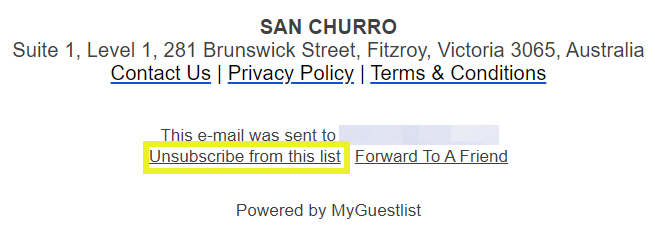
You might also like to consider discussing your email marketing policies in your privacy policy and your website’s terms of service.
By covering all bases, you can avoid legal consequences or simply annoying your users.
Which Emails Should You Consider Sending Your Customers?
There are multiple email types that you can utilize for marketing and communication purposes. Let’s look at a few different kinds and explain how you can best use them!
1. Informational emails
Informational emails can help your customers better understand your business, its products, and its services. Unlike marketing emails, these messages aim to inform your readers rather than sell to them.
For example, you might include a roundup of the last month’s blog posts in an email. This collection enables your readers to see an overview of the content and jump to informational articles:
Furthermore, you might like to include long-form stories in your emails. These tales can engage your customers and help them build personal relationships with your brand. You could write about company news, partnerships, or even personal content from your employees.
Informational emails don’t have to be limited to written content, either. You can include educational videos that show how your products work. Alternatively, you might advertise new features and include tutorials to make the most out of them:
To make the most out of informational emails, we recommend sending them regularly. You might like to set up weekly recaps or monthly messages.
In addition, you could send one-off emails when you have a new product or feature launch.
2. Marketing emails
Email is one of the best mediums for sending promotional materials. You can include links directly to sales or product coupons. As such, these messages can inform your customers about discounts and special sales without them having to go to your website first:
You can send these messages whenever you run different sales. Additionally, you might like to offer special promotions to your customers, such as discounts on their birthdays:
However, you might want to exercise caution with sending too many promotional emails. Otherwise, users may send these messages directly to their trash or spam folders. They might even unsubscribe from your promotions if they feel you are cluttering their inboxes.
Therefore, you might like to use automated tools to send only the most relevant content to your customers. For example, Drip can send messages based on triggers such as purchases and other activity in your WooCommerce store:
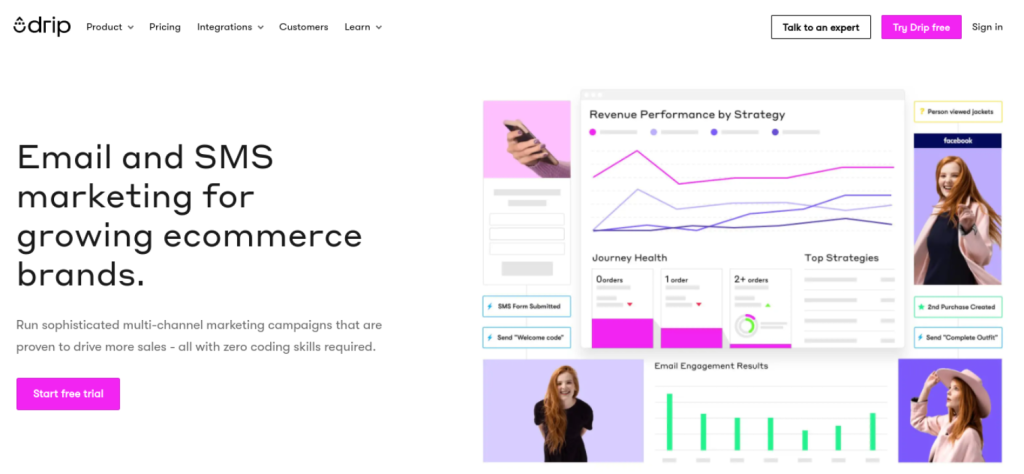
Using this tool, you can filter product recommendations and personalize your emails. Therefore, your customers might be more likely to open your messages.
However, you should also be careful not to spam your customers with these automated messages. Thankfully, Drip enables you to set up triggers and schedules so that you can send emails as often as you want to send them.
3. Automated emails
Finally, you should consider setting up automated customer service emails.
These messages will send in response to specific triggers. Fortunately, all of these automated emails are also possible with software such as Drip.
For example, you might use abandoned cart emails. Your customers will receive these if they navigate away from your WooCommerce store before completing their purchases. Therefore, they can incentivize your users to reconsider their shopping:
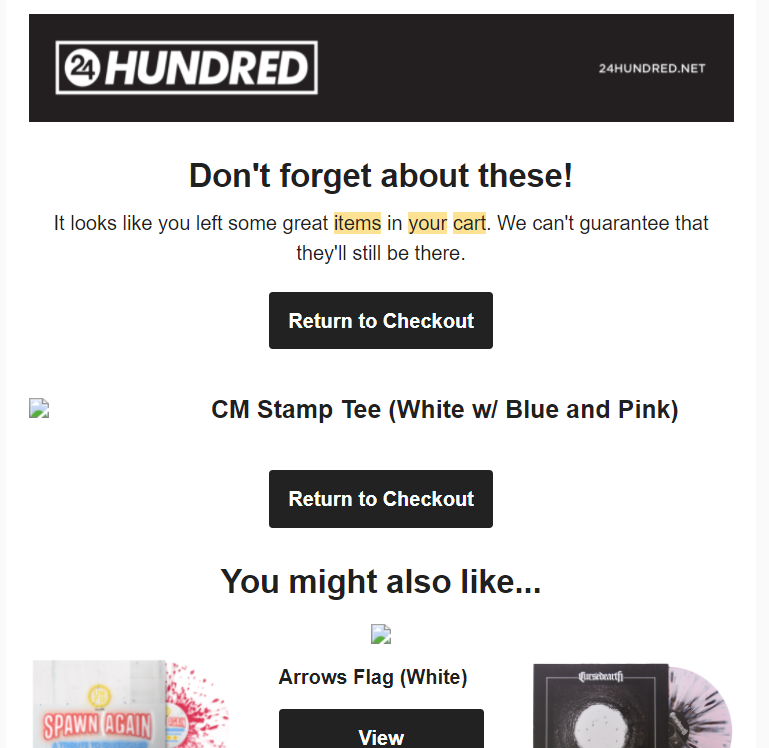
Furthermore, you might like to consider setting up automated shipping and order notification emails. These messages send customers their purchase details and keep them up to date on their chosen products.
Automating these emails means you won’t need to manually write each time a consumer buys an item:
Finally, you might like to send a welcome series of emails to your customers. For example, if they were opt-in to your mailing list, you could send a message explaining your business and its core products.
Then, you could follow up with a sequence of emails that further explore other aspects of your company.
Conclusion
When it comes to sending emails as a store owner, finding the sweet spot in terms of frequency is vital. You want to strike a balance that keeps your subscribers engaged without bombarding them with an excessive number of messages.
In this article, we’ve tackled the burning question of how often you should actually be hitting that send button as a store owner. Along the way, we’ve explored various types of emails you can experiment with:
Do you have any questions about using email marketing as a store owner? Let us know in the comments section below!

